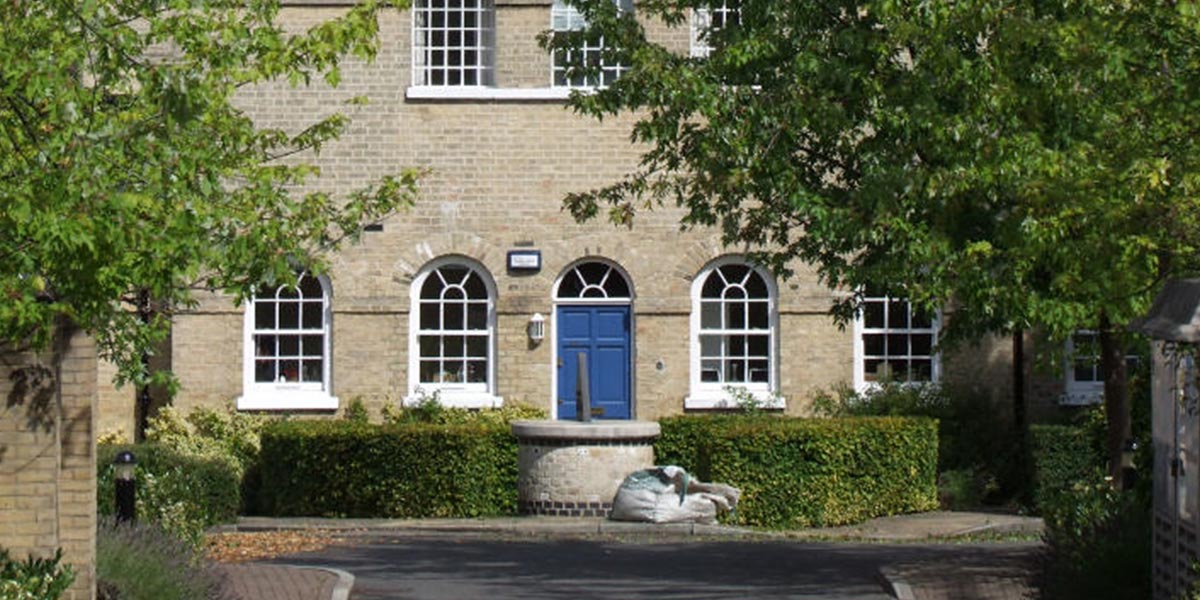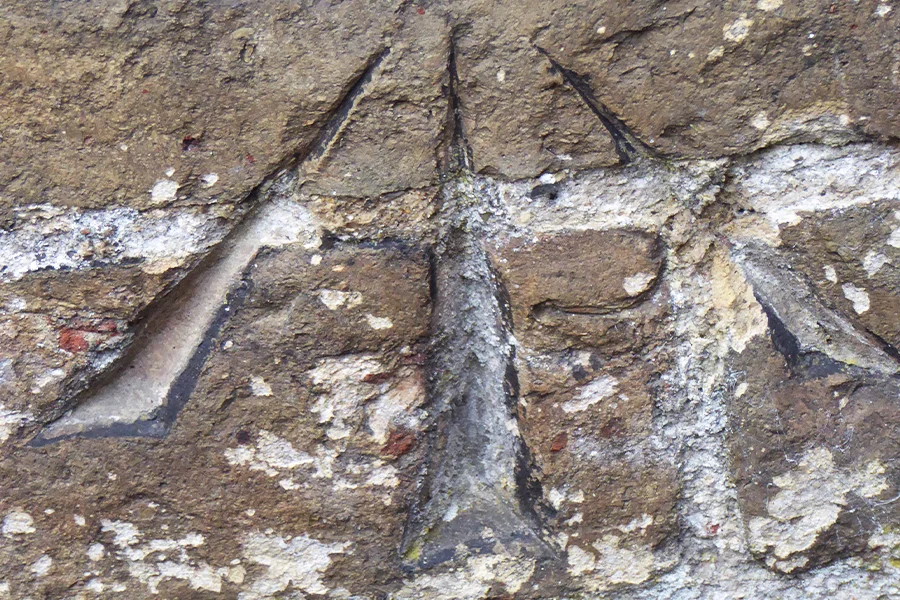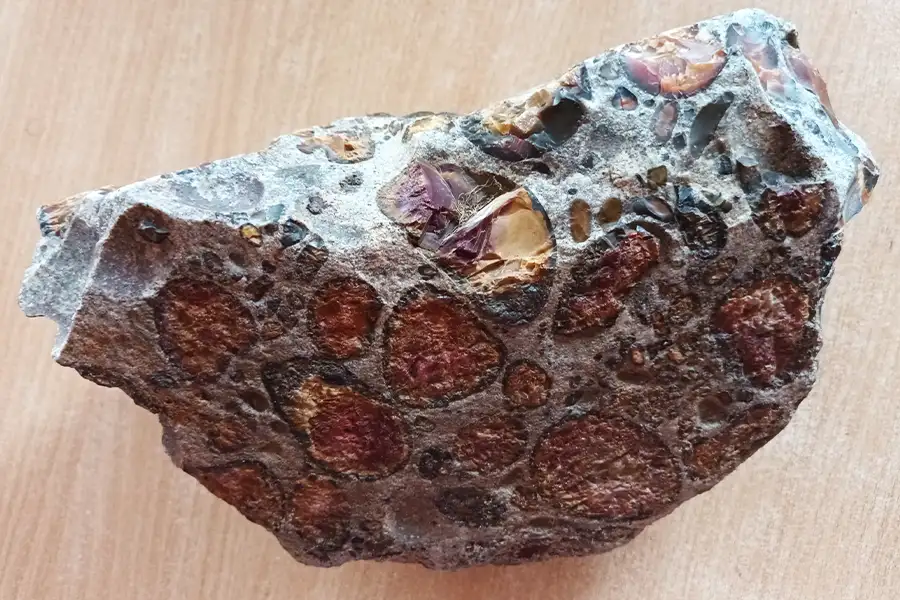
The Walden Workhouse called The Spike
Conversion was undertaken by Taywood Homes in 1999 and it is now mainly residential apartments. The building is of mid-19th century origins and Grade II Listed to recognise its architectural and historic importance. This was a Victorian Union Workhouse, built in 1835, being a project instigated by the Saffron Walden Board of Guardians for the Poor Law Union, representing 24 constituent surrounding parishes. It was built to accommodate 340 persons and designed by James Clepham of Silsoe and built by Bennett & Barber of Cambridge at a total cost, including the land, of £7,333. However a further £1,200 was required in 1841 for something called additional expenses.
The workhouse layout was broadly based on a cruciform plan. The main build is three-storeys, with single-storey wing extensions enclosing the inmate’s yard, with men accommodated to the west wing, women to the east, boys to the north and girls to the south. To the rear were accommodation wings for the Master and Matron quarters. Staff and administrators also occupied the central tower and from this vantage point the Master would be able to observe each group from afar – the idea of constant surveillance was intended to promote good behaviour and diligent work.
The basic build is 13½” wide, solid white gault hand-made clay bricks sourced from the Newmarket Road pits in Cambridge. The roof is a hipped and pitched pyramid-shape structure clad in Welsh blue Bangor pit slates with a large central red brick chimney rise. There is a concrete ground floor and, internally, all the partitions are of lightweight studwork with plasterboard and skimmed surfacing. The internal surface of outside-facing walls are mainly dry lined.
In front is a detached structure commonly called The Gaol but was, in fact, the Casuals Block, with a row of cells along each side largely used to hold itinerant drunks overnight. In the Victorian era there was a considerable problem in Saffron Walden with itinerant labourers from the East End of London (particularly at crop picking time) imbibing too much alcohol at weekends (some might argue that little has changed over recent years) and they were brought here from the town centre on the back of a cart, to dry out overnight, or indeed later be charged by the judiciary.
The workhouse eventually became St. James’ Hospital, and then, later again, Saffron Walden Community Hospital. It is popularly held that the development was named The Spike because this was the implement used by inmates to unpick hemp naval rope hawsers, in order to gain useful employment.
Bench Marks
Unveiling the hidden markers that shaped the UK's accurate mapping – now overlooked, yet in plain [...]
Imperial Lengths and Areas
Although officially only used since 1824, there was 141 years until Great Britain changed to the [...]
Ancient Marvels: Uncovering the True Identity of a Pudding Stone Beehive Quern
Discover the fascinating history behind a 60-million-year-old artifact, mistaken for Portland cement, and its journey [...]






